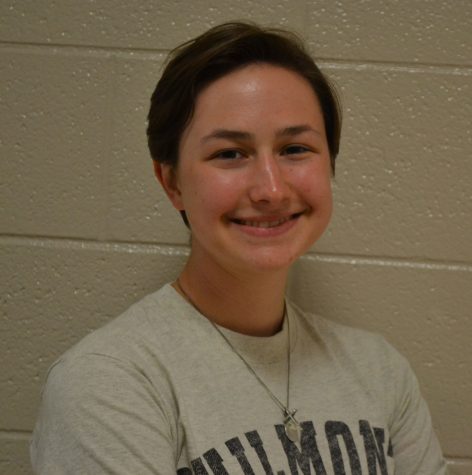Speaking within the school walls

May 24, 2016
Mid-December, 1965. Lyndon B. Johnson holds the presidency. The U.S.’s involvement in the unpopular Vietnam War is escalating, triggering an increase in public opposition. In protest, five students of the Des Moines community school district in Des Moines, Iowa wear black armbands to school. Three students are sent home from school, suspended, for violating a policy written two days prior.
After being approached by the Iowa Civil Liberties Union, the students file suit against the school district in the case Tinker v. Des Moines Independent Community School District.
After the U.S. District Court rules on behalf of the school district and the U.S. Court of Appeals for the 8th Circuit ends with a tie vote (meaning that the District Court’s ruling stands), the case is taken to the U.S. Supreme Court. It is now November of 1968.
With a 7-2 vote, the Supreme Court of the United States upholds the First Amendment rights of the students.
— — — — — — — — — — —
The recent occurrence of racism and shooting threat at NHS and the response of principal Jeff Bryant to “have conversations about what we can do better as a school community” prompted my thinking of another, very different situation at NHS. In December of 2014, former assistant choir director and music teacher Michael Douce was arrested and charged with two counts of child seduction, resulting in a 16 year sentence. In this case, however, we students were told that “The best choice as a student is to choose NOT to discuss this matter at all.”
Tinker v. Des Moines established the substantial disruption test, which, as stated in the case Burnside v. Byars (which made it to the 5th Circuit Court of Appeals in 1966 but not the Supreme Court), ensures the “students’ rights to free and unrestricted expression as guaranteed under the First Amendment as long as such actions “do not materially and substantially interfere with the requirements of appropriate discipline in the operation of the school.”
In other words, students can express their thoughts verbally and nonverbally as long as it does not create a substantial disruption within the school. As long as the students’ learning environments are not disturbed.
But that’s ridiculous.
All of our learning environments are constantly, ceaselessly disrupted. The world we live in is far from perfect. From waking up late, to a family member being diagnosed with cancer, we face ups and downs that affect us in one way or another on a daily basis.
Our learning experiences are not and cannot be solely smooth sailing. So to say that schools can regulate students’ expression if the expression interferes with the school’s mission to teach and the students’ aim to learn doesn’t make sense. Regulation, by definition, limits learning, which therefore contradicts the school’s main goal to educate. It’s a paradox.
If we as people and we as Millers truly believe in lifelong learning, how can we ever believe that learning can be limited to the school walls?
In the recent incidents at NHS, the impact of the event was evident and unavoidable. Talk would not and could not minimize the disruption already created. Certainly talk could increase the disruption—but it would still affect all of the students, not just those directly affected by the situation at hand. My thoughts go out to the students affected by all of these incidents. They don’t deserve to hear any idiotic comments in the halls or in classes or at lunch. But when we fail to have conversations about major events, when we shut down all the positive possibilities because of the negative ones, we lose our ability to gain something positive from the situation.
The whole world and our entire existence as a human race is in a constant, ceaseless learning experience. Either everything can be seen as a disruption, or everything can be seen as a learning opportunity. We need to talk about the important events in our school and our lives. Otherwise, we will never learn anything.


